Maurice Martin founded this southern Mâcon winery in 1969, though the vineyard history dates back to 1793 during the French Revolution. The winery receives its name from a large cross, “La Croix”, which resides upon the village of Davayé. In 1866, mayor at the time Benoît Senaillet donated this cross to the land to replace the one destroyed in 1793. Since then, it has been tradition that Croix Senaillet has protected the people of the village and all those who pass by it on their way.
Now on to the second generation, Richard and Stéphane Martin, took over the estate in 1992. The two split roles, Stéphane being responsible for the vines and Richard the cellar master. They began the conversion to organic farming in 2003 and received certification in 2006. Domaine de la Croix Senaillet wine’s feature the AB label (Agriculture biologique) on the foil of each bottle.
France’s national logo for organic products since 1985. Organic products carrying the logo must contain more than 95 percent organic components, be produced or processed within the EU, and are certified by one of the inspection bodies accredited according to EN 45011. The AB label only certifies the grapes; it guarantees that they have been grown without pesticides or chemical fertilizers, with some exceptions subject to strictly controlled limits such as the use of copper sulphate to prevent mildew, limited to 6kg per hectare per year over five years.
The Martin family makes a basic Saint-Véran, 6 single-plot wines, one Pouilly-Fuissé, a Mâcon and Bourgogne. We’ll be tasting two vintages of their Saint-Véran, the ripe 2011 and concentrated 2012, along side their Les Rochats single vineyard. The first sourced from 17 hectares scattered across roughly 30 parcels with an average age of 45 years old and a patchwork of limestone and clay. Les Rochats is sourced from a 2 hectare single plot with south-east facing 50 year old vines on stony and well-drained limestone.
The appellation, or Appelation d’Origine Contrôlée, Saint-Véran was created in 1971 for Chardonnay-based white wines. This appellation extends over 8 communes and is divided into two by the more well known Pouilly Fuissé. It is made up of the villages of Davayé, Prissé and Solutré-Pouilly in the north, and Chânes, Chasselas, Leynes, Saint-Amour and Saint-Vérand in the south. All these villages are located in the extreme south of the Mâconnais subregion.
The Wines
Saint-Veran 2011
Saint-Veran 2012
Saint-Veran Les Rochats 2011
Wine #1 (Saint-Véran 2011) was clear, pale intensity, lemon in colour with sheeting and thin legs. The colour intensity is more med – but WSET took the in between scale out in 2013. Wine #2 (Saint-Veran 2012) seemed slightly deeper in colour, medium lemon intensity, with thick legs. Wine #3 (Les Rochats) was almost identical to the 2012, if anything the slightest bit lighter.
The nose of Wine #1 was clean, med – intense and youthful in character. Aromas consisted of fresh lemon, crisp orange peel followed by light floral notes of acacia and blossom. Strong mineral aromas of stone and steel with a ever so slight lees. Wine #2 was clean, medium + intense and youthful in character. Fruit aromas were much more ripe; apricots, peach, and honeydew along with lemon and blossom. Actually, lots of floral notes the more the wine opens up. Mineral notes are still well apparent. Wine #3 was also clean, but medium intense and youthful in character. Aromas of fresh lemon, orange peel with grapefruit oil and white apricot. Strong floral aromas of acacia and honeysuckle. Bright mineral stone, lees and a slight touch of oak. Wine #3 was much more complexed and more intense than Wine #1. The oak rounded out the nose creating aroma balance and neither wine was overpowered by Malolactic Fermentation aromas.
On the palate, Wine #1 was dry, medium acidity, medium + alcohol, medium + body, medium flavour intensity and medium + length. The same aromas from the nose translated to the palate (make sure you write these out on your exams!). Wine #2 was dry, medium + acidity, medium + alcohol, medium + body and medium + flavour intensity. Creamy mouthfeel balanced nicely with acidity, both interplaying with each other and flavours on the medium + finish. Wine #3 was also dry, medium + acidity, medium + alcohol, medium + body, medium + flavour and medium + length. The same complexity from the nose showed through to the palate. Ripe fruit up front, a mineral driven mid-palate with MLF and oak finishing. Wine #3 was slightly more leaner than the 2012, but in a good way. While the 2012 showed great aromatics and mouthfeel, the 2011 Les Rochats was more restrained and elegant. Les Rochats is the one to age out of the three.
Only a $7 dollar difference between them, the wines are exceptional and different in style but still keeping the same terroir theme from their site. For $20 and $27 in PA (where everything is more expensive) these wines are amazing values into delicate-styled Burgundy.
Imported by Regal Wine Imports, Morristown New Jersey.
Sourced by Arnaud Deville from AD Wine, Narbonne France.
Cheers!

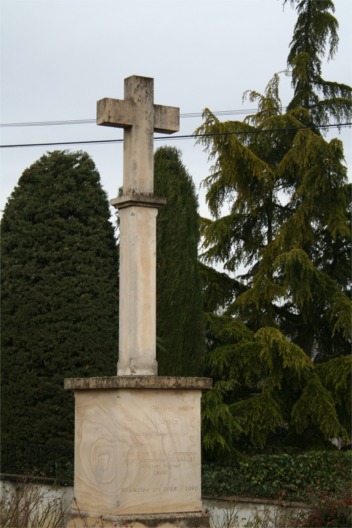
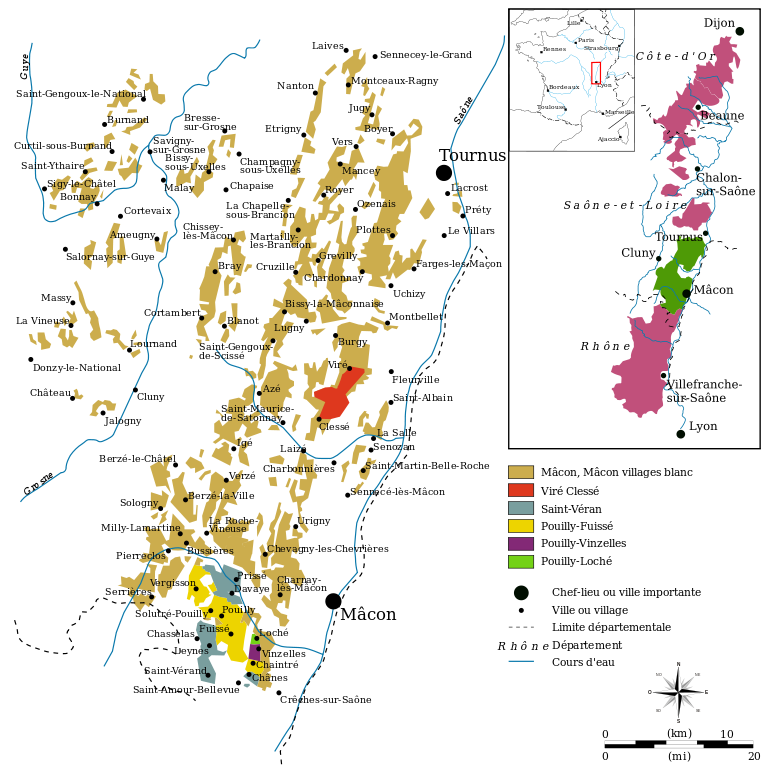
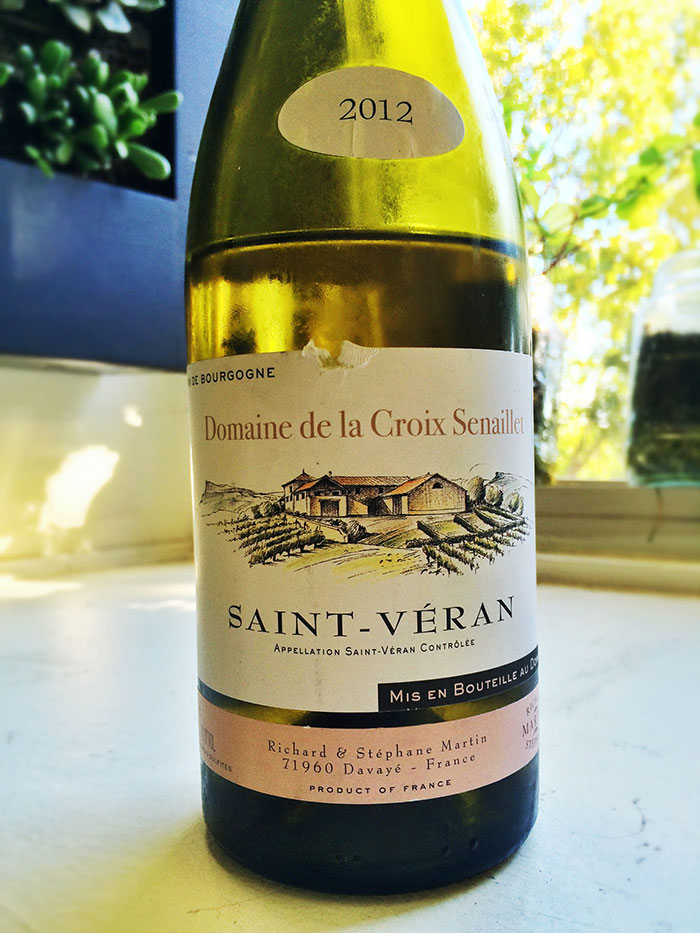
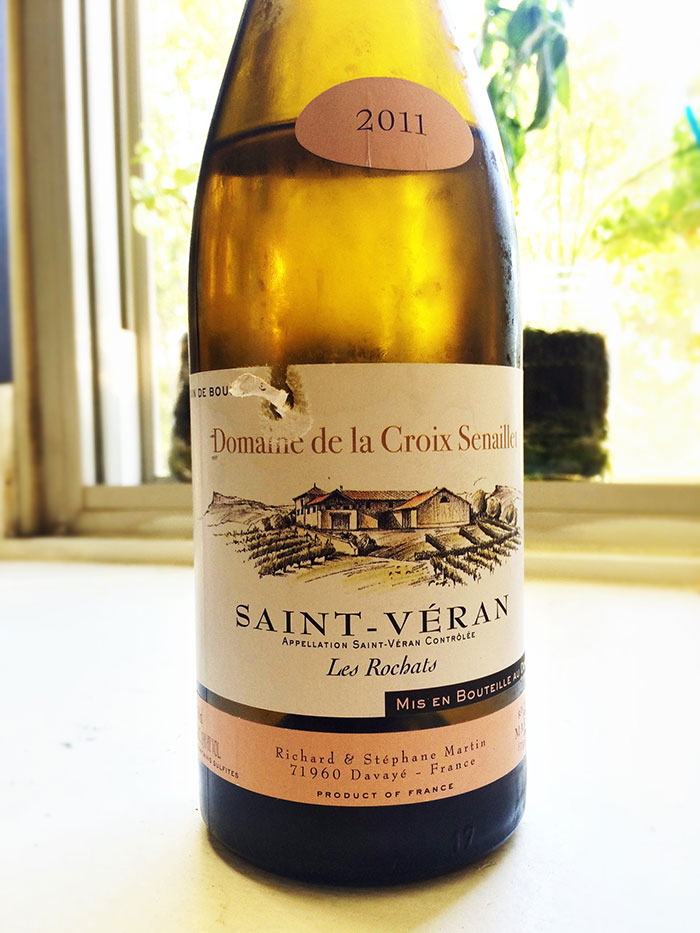
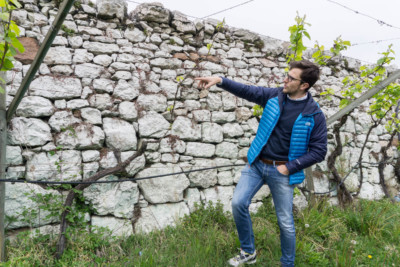

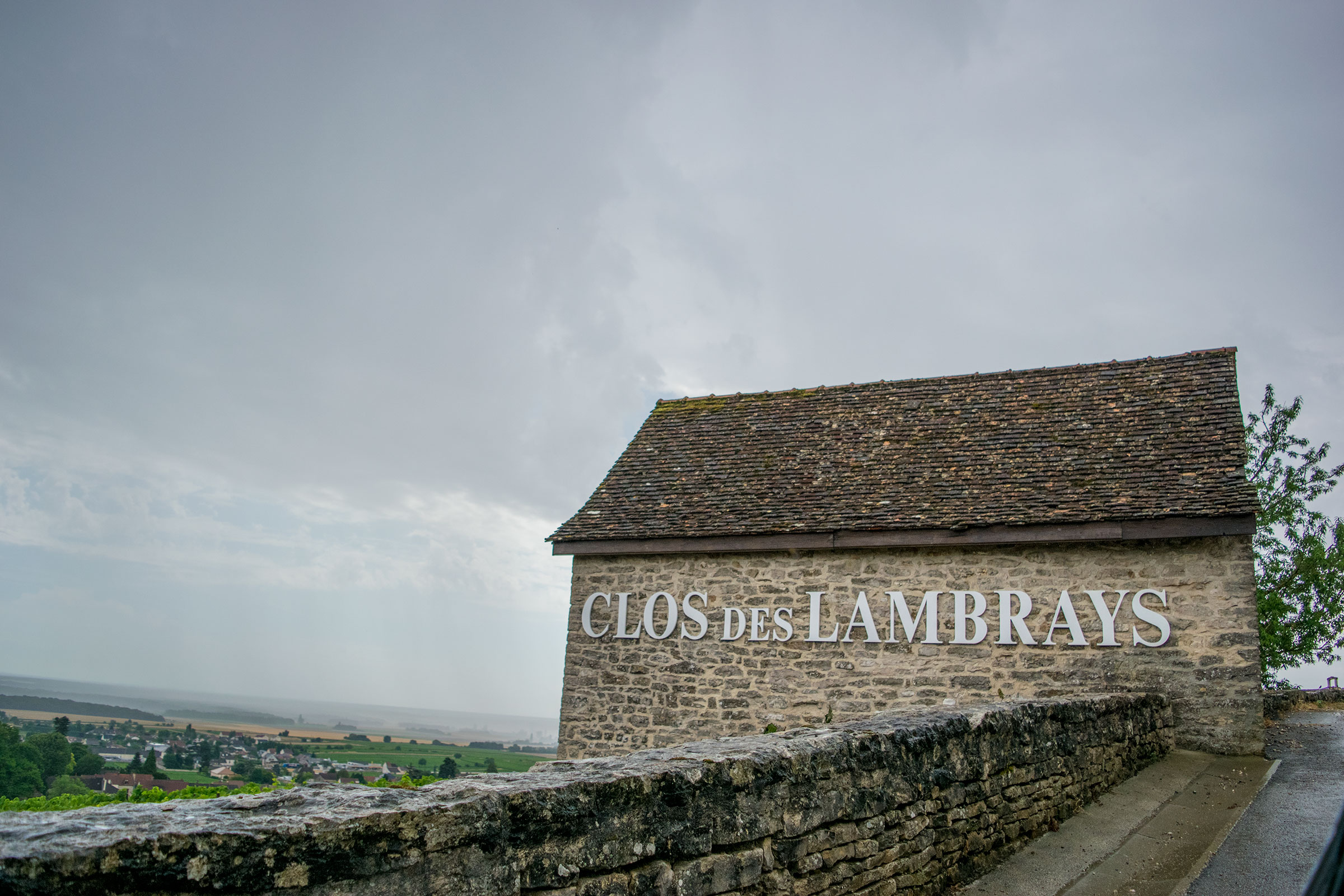
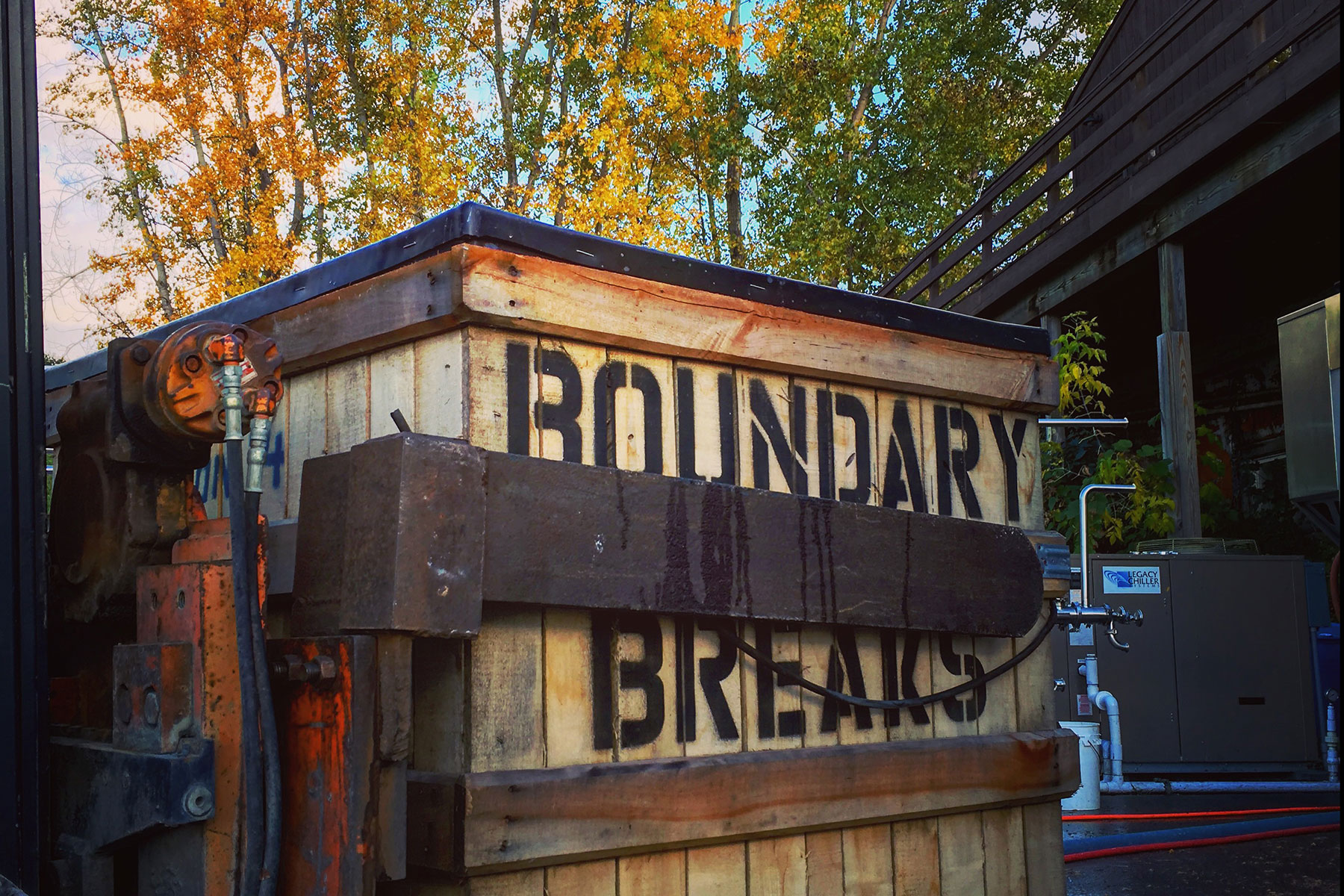
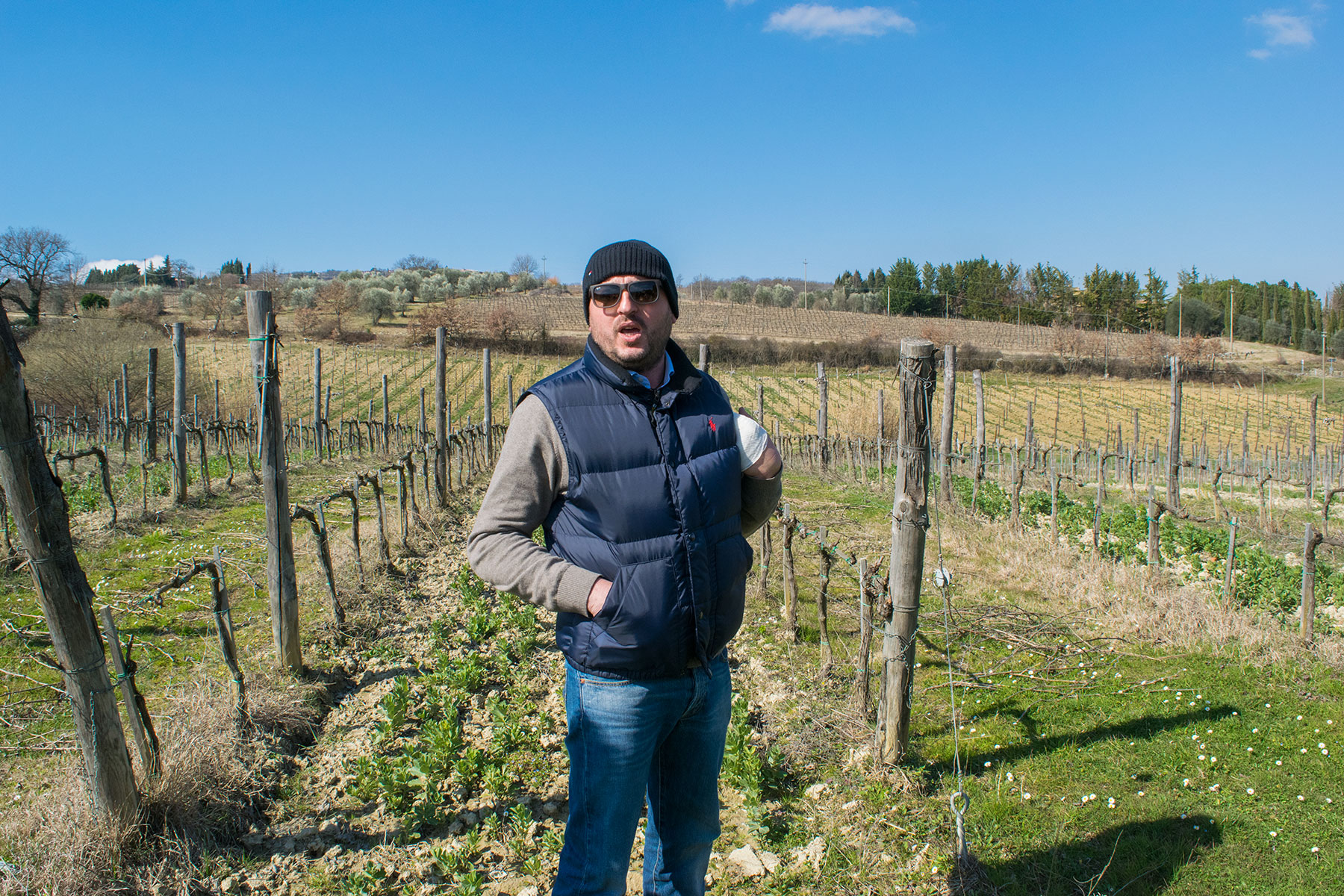
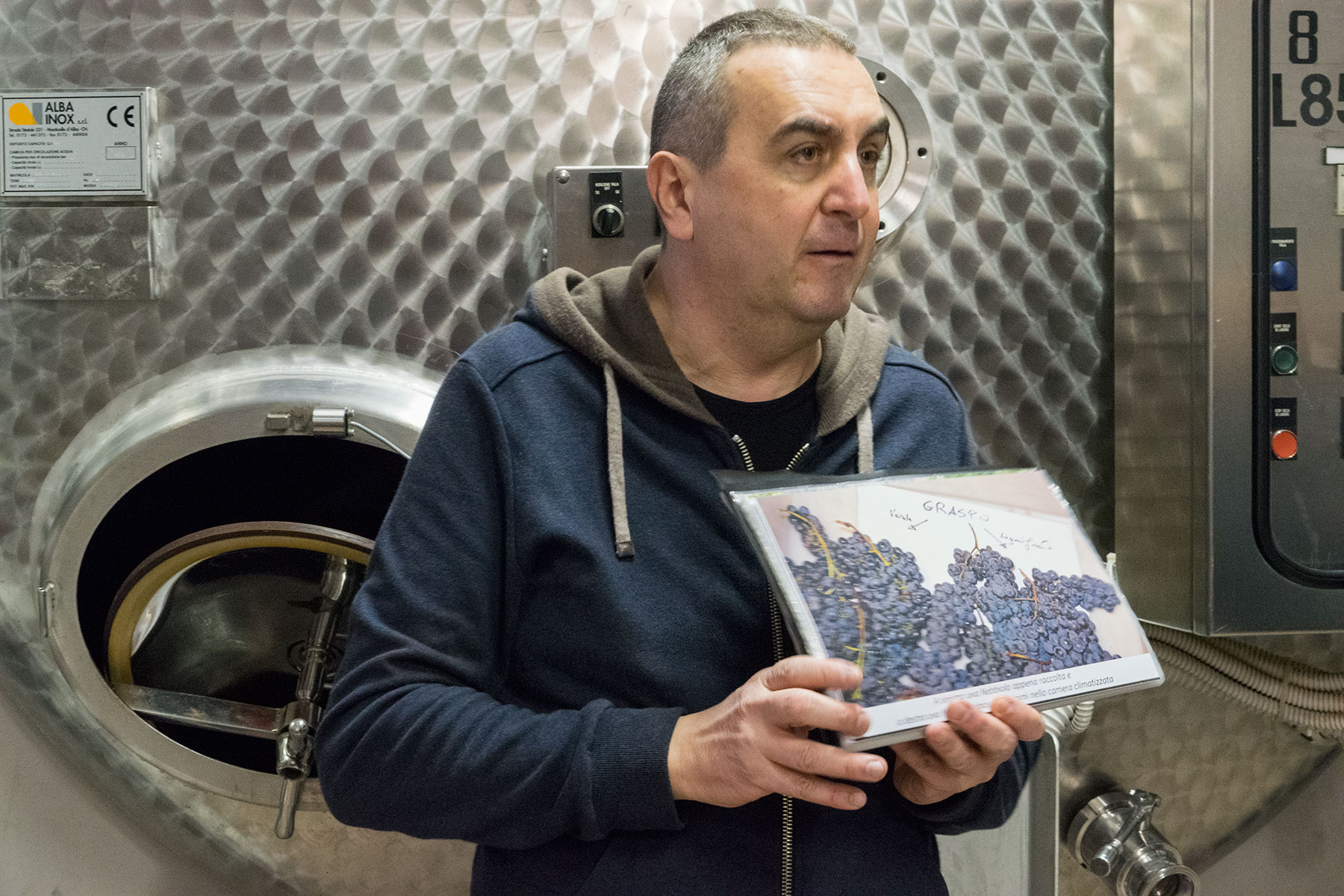
Leave A Comment
You must be logged in to post a comment.